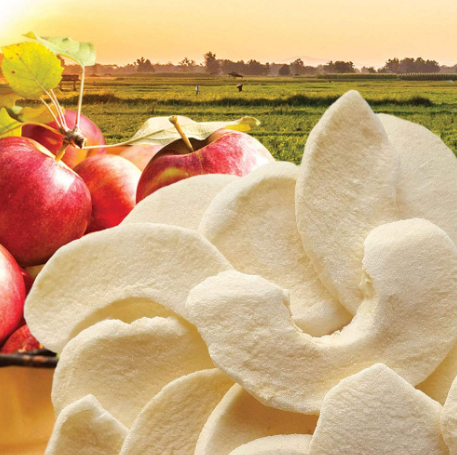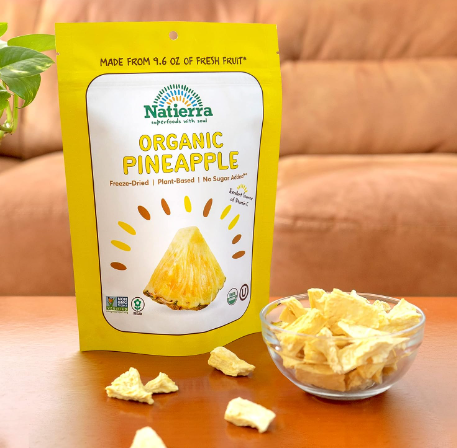What Are the Healthiest Dried Fruits?

Good Thins Gluten-Free Crackers – Snacking Delight for the Health-Conscious
March 11, 2025
Fuel Your Adventures with CLIF BAR Energy – Crunchy Peanut Edition!
March 19, 2025Fruits are an important part of a balanced diet. They are rich in fiber, vitamins, and minerals. However, while raw fruit is refreshing and nutritious, it’s not always that portable.
Dried fruits, on the other hand, are sweet and can be eaten as a snack, but do they provide the same health benefits as raw fruits? Once the moisture in fresh fruit is removed, the calories left over from the product are more concentrated, and the drying process may also remove most of the vitamin content from the fruit.
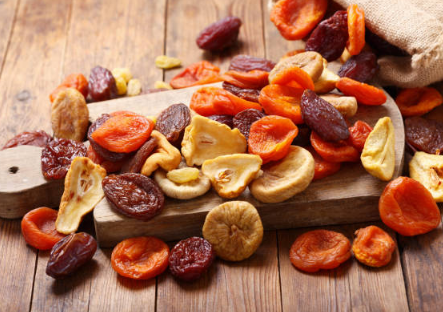
That said, dehydrated fruits contribute to a healthy diet, it’s just that some dehydrated fruits offer more than others. This is the healthiest dried fruit you can eat.
Dried Apricots
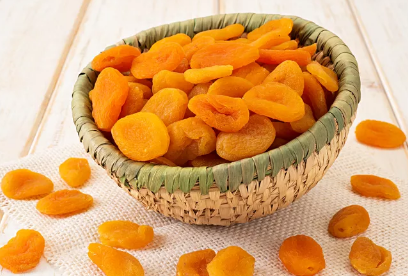
Apricots are a nutritious drupe that is rich in vitamin C and vitamin A when eaten raw. Its antioxidant content is prized for its role in the body, supporting the immune system, skin and eye health, as well as fighting oxidative stress. Therefore, it is not surprising that many people choose dried apricots when consuming dried fruits.
Apricots lose a significant portion of their vitamin C during the drying process, but they are still rich in other important nutrients. They are a good source of potassium, which plays a role in hydration and muscle contraction, and copper, which is essential for the formation of red blood cells.
Dried Prunes

Prunes and plums have similar nutrient profiles, but prunes are often valued for their role in gastrointestinal and bone health. Prunes are a good source of soluble and insoluble fiber, which promotes healthy digestion and regular bowel movements.
The vitamin K in prunes is prized for its antioxidant properties, which help prevent bone loss and promote bone formation. Prunes are also rich in vitamin B6, an important nutrient for brain development and maintaining immune and nervous system health.
Dried Figs

When dehydrated, figs become a soft, sweet, and nutritious snack. Figs often have a laxative effect, prompting many people to consume figs to support the gastrointestinal tract. While a 1/2-cup serving doesn’t provide a lot of calcium, potassium, and magnesium. These minerals support all aspects of health, including bone, cardiovascular, and muscle health.
Dried Apples

Dried apples may not contain as many nutrients as other dried fruits, but they tend to be lower in calories. Those who prefer to snack by portion size can enjoy more dried apples without compromising their daily calorie intake. In addition, they provide the right amount of copper, which supports a healthy immune system and the formation of red blood cells.
Dried Cranberries

Cranberries are a popular dish at many holiday gatherings, but they provide nutritional benefits year-round in dehydrated form. Their rich color indicates that they have powerful antioxidant properties that can help fight free radicals that cause a variety of health problems.
Fresh cranberries are rich in vitamin C and many other important nutrients. However, dried cranberries lose some of their nutrients during the dehydration process. Still, they contain some vitamin C and a moderate amount of fiber.
Dried Mangos

Mango is a tropical fruit that has a sweet taste and many health benefits. It is a seasonal fruit that is highly perishable, but you can enjoy the benefits of dried fruits year-round. Dried mangoes have a much longer shelf life than fresh dried mangoes, and the nutritional value is still high. For example, a 1/2 cup serving provides 33% of the recommended intake of vitamin C.
Raisins

Despite its small size, raisins are highly nutritious. They contain many vitamins and minerals, and they also contain the right amount of fiber per serving. They tend to be high in sugar and calories, but when consumed carefully, they can support healthy digestion, iron levels, and bones.
Dried Dates
Dates are sometimes mistaken for plums, but they are a completely separate fruit. Because of their sweet taste, they are often used as a sweetener in many vegan recipes. Dried dates have a long shelf life and are usually golden or red in color, which is a sign of their antioxidant content and potential effects on the immune system.
Dried Pears
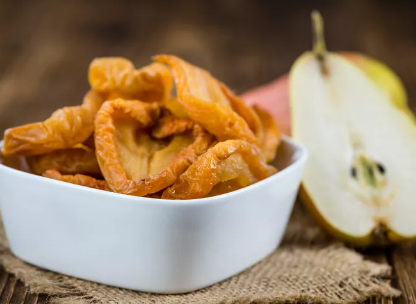
Even after dehydration, dried pears provide many of the same nutrients as fresh pears. They contain many of the same phytonutrients, such as antioxidants and flavonoids, and have a variety of health benefits. Plus, every 1/2 cup of dried pears provides nearly 4 grams of fiber, which can support healthy digestion, fight inflammation, and reduce the risk of heart disease.
Dried Cherries
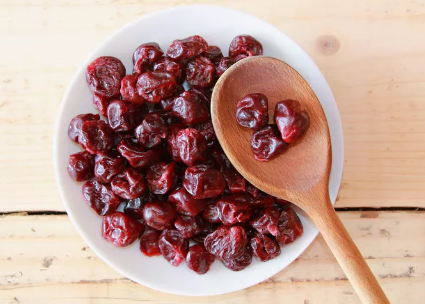
Dried tart cherries are rich in color, much like fresh cherries, indicating a rich antioxidant profile. Fresh cherries have been linked to a number of improved health indicators, including reduced oxidative stress, improved nutrition-related laboratory values, and improved sleep. They are rich in vitamin C, and dried cherries retain most of their antioxidants.
Dried Bananas

Dried coconut is not a snack unlike other dried fruits. However, dried coconut flakes are a versatile ingredient that can add flavor to a variety of recipes. They can be added to smoothies, acai bowls, baked goods, etc.
Still, it’s important to remember that coconut is highly nutritious. Even a small serving contains a lot of calories and fat. Those trying to minimize their calorie intake may need to opt for different dried fruits.
What to Look for When Buying Dried Fruits
Dried fruit is a convenient and nutritious snack, but certain factors may make certain fruits a healthier choice. Choose products with no added sugar and higher fiber content to reduce the impact on blood sugar levels while promoting gut health. If you’re sensitive to preservatives like sulfur dioxide, look for dried fruits that don’t contain sulfur.
When buying dried fruits, choose minimally processed, whole fruits, not diced fruits. Fewer steps required in the production process often translate into more nutrients being retained, maximizing the nutritional benefits of the snack.
How to Dry Fruit at Home
Making homemade dried fruit at home is a fairly simple process that has several advantages. Dehydrating the fruit at home allows you to control the ingredients and their quality. It ensures freshness and helps eliminate added sugars and preservatives. In addition, it offers the opportunity to experiment with flavors to suit personal preferences.
Preparing dried fruits at home requires very little equipment. Dried fruits can be prepared in a dehydrator or oven. First, slice the fresh fruit evenly to ensure uniform drying. Place the slices on a dehydrator tray or baking sheet. If using a dehydrator, set the temperature to the recommended setting for the fruit. If using an oven, preheat to a low temperature of around 140-160°F.
It takes several hours to dry the fruit. Flip the slices regularly throughout the drying process to ensure an even texture. When the fruit becomes tough and pliable, it’s done.
Tips for Eating Dried Fruits
Dried fruits tend to be a concentrated source of natural sugars, which can lead to excessive calorie intake. The recommended serving size for dried fruit is usually around 1/4 or 1/2 cup, depending on the type of fruit. Still, there are several ways to consciously incorporate dehydrated fruits into a balanced diet.
- Trail Mix: Blends dried fruit with other ingredients like nuts, seeds, and dark chocolate for a satisfying, energy-boosting snack.
- Oatmeal or yogurt toppings: Sprinkle dried fruit on top of oatmeal or yogurt to add texture and yogurt to a nutritious classic meal.
- Baked goods: Add dried fruit to homemade baked goods, such as muffins, cookies, and granola bars.
- Salads: Adding dried fruit to salads adds nutritional value and sweetens a refreshing vegetable mixture.
Dried fruits can add flavor to many dishes, but portion sizes must be controlled to prevent excessive consumption of calories and sugar. Pair them with other food groups to ensure a variety of nutrients and help increase feelings of fullness.
At Last
When consumed carefully, dried fruits can be a nutritious addition to a balanced diet. While most fruits can undergo a drying process, some fruits retain more nutrients than others. If you have the option of drying fruit at home, avoid added sugars and consider experimenting with flavors. If buying dried fruit, look for the one with minimal ingredients and no added sugar.
Typical serving sizes range from 1/4-1/2 cup, depending on the specific fruit. Dried fruit can be enjoyed on its own or added to a variety of meals and snacks – mixed into assorted dried fruit, sprinkled on salads, added to homemade baked goods, and more. A registered dietitian can help address the nutritional effects of dried fruit and help incorporate it into a healthy diet.

